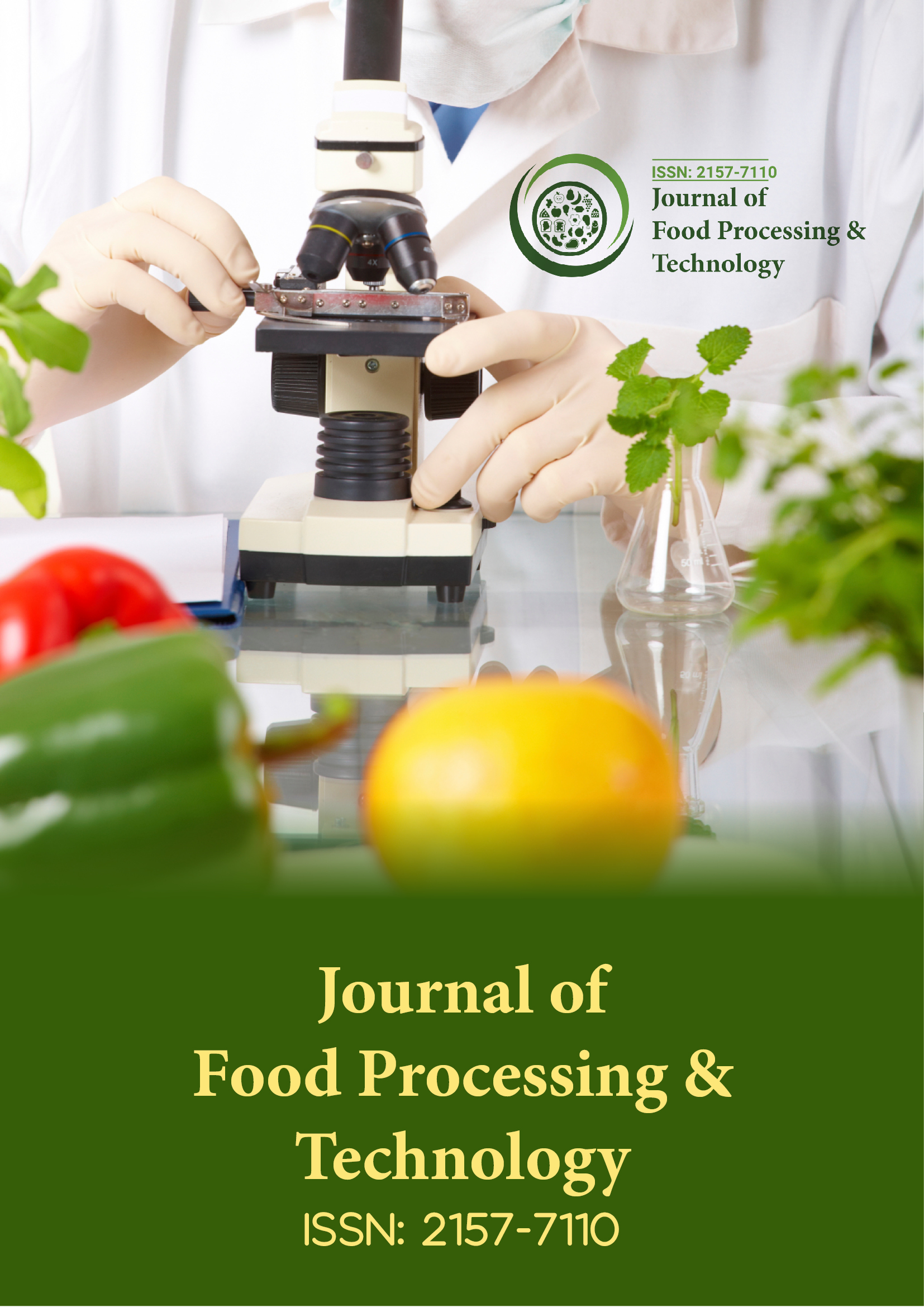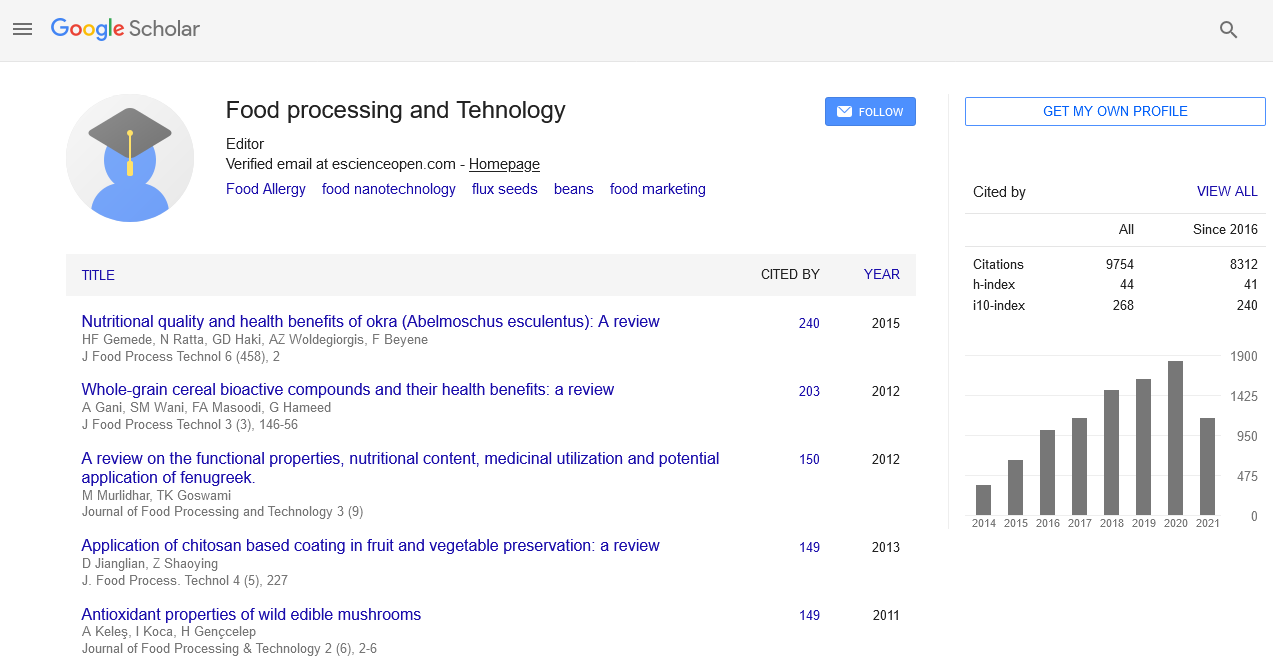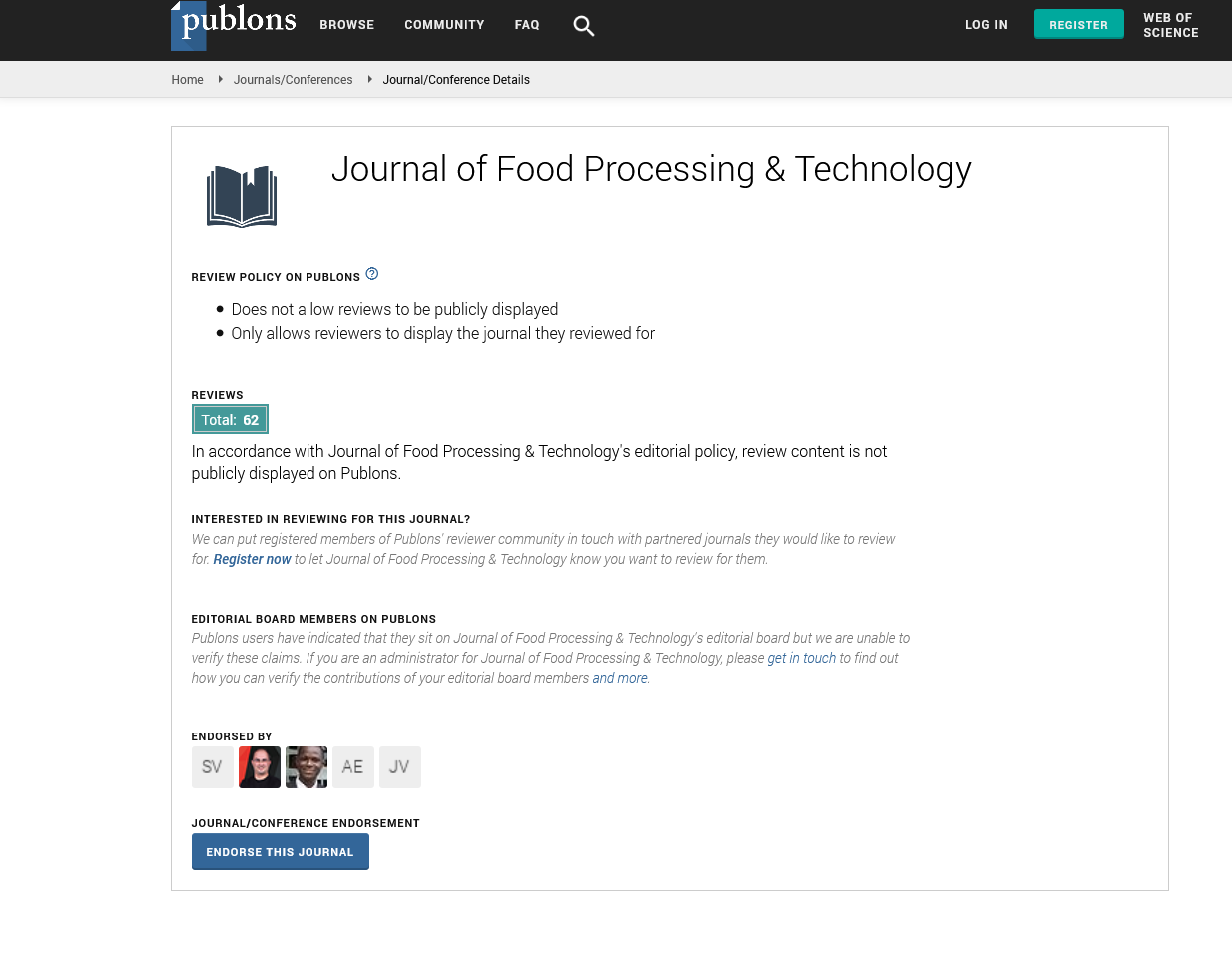Indexed In
- Genamics JournalSeek
- Academic Keys
- JournalTOCs
- China National Knowledge Infrastructure (CNKI)
- Access to Global Online Research in Agriculture (AGORA)
- Centre for Agriculture and Biosciences International (CABI)
- RefSeek
- Directory of Research Journal Indexing (DRJI)
- Hamdard University
- EBSCO A-Z
- OCLC- WorldCat
- Scholarsteer
- SWB online catalog
- Publons
- Euro Pub
- Google Scholar
Useful Links
Share This Page
Journal Flyer

Open Access Journals
- Agri and Aquaculture
- Biochemistry
- Bioinformatics & Systems Biology
- Business & Management
- Chemistry
- Clinical Sciences
- Engineering
- Food & Nutrition
- General Science
- Genetics & Molecular Biology
- Immunology & Microbiology
- Medical Sciences
- Neuroscience & Psychology
- Nursing & Health Care
- Pharmaceutical Sciences
Intercropping sequences: An effective tool for sustainable food production
Global Food Security and Sustainability Conference
September 05-07, 2016 Beijing, China
Brij Nandan
Sher-e-Kashmir University of Agricultural Sciences and Technology of Jammu, Chatha, India
Posters & Accepted Abstracts: J Food Process Technol
Abstract:
Food and nutritional security is a great concern of policy planners. Food insecurity and poverty, accounting for two‚??third of the world; hungery and poor, exacerbated by the soaring food and fuel prieces, global economic downtown, volotile market and climate change induced vulnerability,have surfaced as major development concerns across the world. The problem has further been intensified with sharp rise in the cost of food and energy depleting water resources, diversion of human capital from agriculture, shrinking farm sizes, soil degradation ,indiscriminate and imbalnced use of chemical inputs and overarching effects of changing climate. As the world population increasing day by day and approaches 10 billion, global food security is increasingly threatened. Food prodcution is not keeping up with this demand. The threat of high demand and low production of food crops is further intensified by global warming. Global warming is excpected to intensify extreme precipition. The situation will be far more serious in the tropical regions of the world. Therefore, with this backdrop there is a need for developing ecofriendly, quantititaive as well qualitative food production systems that will sustain the future global food security both interms of quanity and nutrition. Further, the proper exploitation of the production systems needs to be addressed for global food security. Mustard‚??maize both being relatively widely spaced crops provide ample opportunities for raising pulses as intercrops to enhance resource utilization efficiency as well as to reduce the risk of crop failure under rainfed conditions. Intercropping is traditionally a low input agricultural system which matches the total resources available to the farmers in maintaining adequate and relatively steady production. Moreover, the space, light and water requirements of the main and intercrops may also vary owing to inclusion of crops of dissimilar nature.
Biography :
Email: bmankotia333@gmail.com


